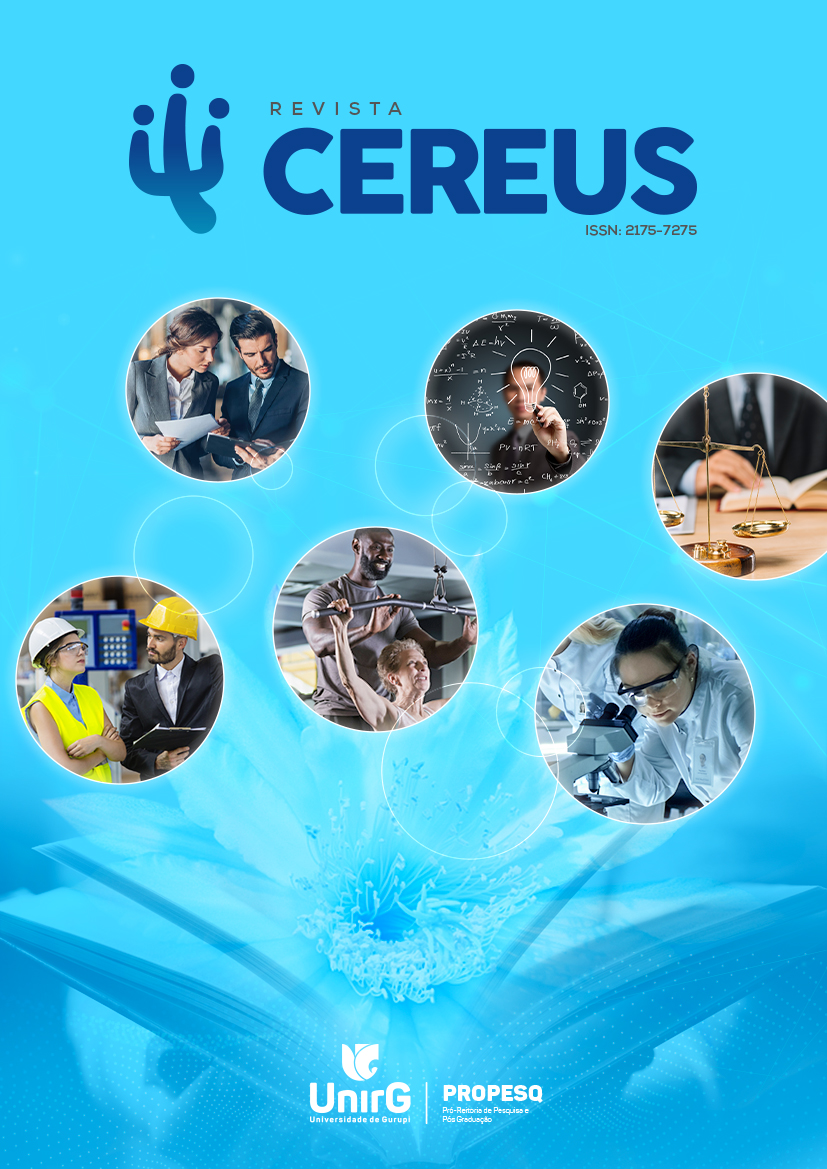Knowledge of meat retail employees and assessment of hygienic-sanitary conditions using the ATP bioluminescence technique
Abstract
This study aimed to evaluate the knowledge of employees in meat retail establishments and evaluate the hygienic-sanitary conditions using the ATP bioluminescence technique. Employees' knowledge of good manufacturing practices was assessed and samples were collected (knife plate, meat machine and handlers' hands) before and after instructions to assess hygienic-sanitary conditions. A comparison of the mean ATP-bioluminescence results (Log URL) was carried out using the T test for paired data at 5% probability. Of the 14 employees evaluated, four achieved an above-average percentage of correct answers (>77%), had training in the food area or had a higher education degree. Only two establishments (4 employees) participated in the training and achieved 100% success rates in reapplication of the assessment. Prior to the guidelines, all samples collected were considered to be in unsatisfactory hygienic conditions. After the guidelines, two were considered in safe hygienic conditions, and six in alert conditions. After the intervention there was a reduction (p<0.05) in log URL values in 4 establishments for the hand and grinder samples. The ATP-bioluminescence technique is useful for indicating equipment and surfaces that require greater attention during cleaning.
Copyright (c) 2024 REVISTA CEREUS

This work is licensed under a Creative Commons Attribution-NonCommercial-NoDerivatives 4.0 International License.
DECLARAÇÃO DE TRANSFERÊNCIA DE DIREITOS AUTORAIS
Os autores do manuscrito submetido declaram ter conhecimento que em caso de aceitação do artigo, a Revista Cereus, passa a ter todos os direitos autorais sobre o mesmo. O Artigo será de propriedade exclusiva da Revista, sendo vedada qualquer reprodução, em qualquer outra parte ou meio de divulgação, impressa ou eletrônica.


